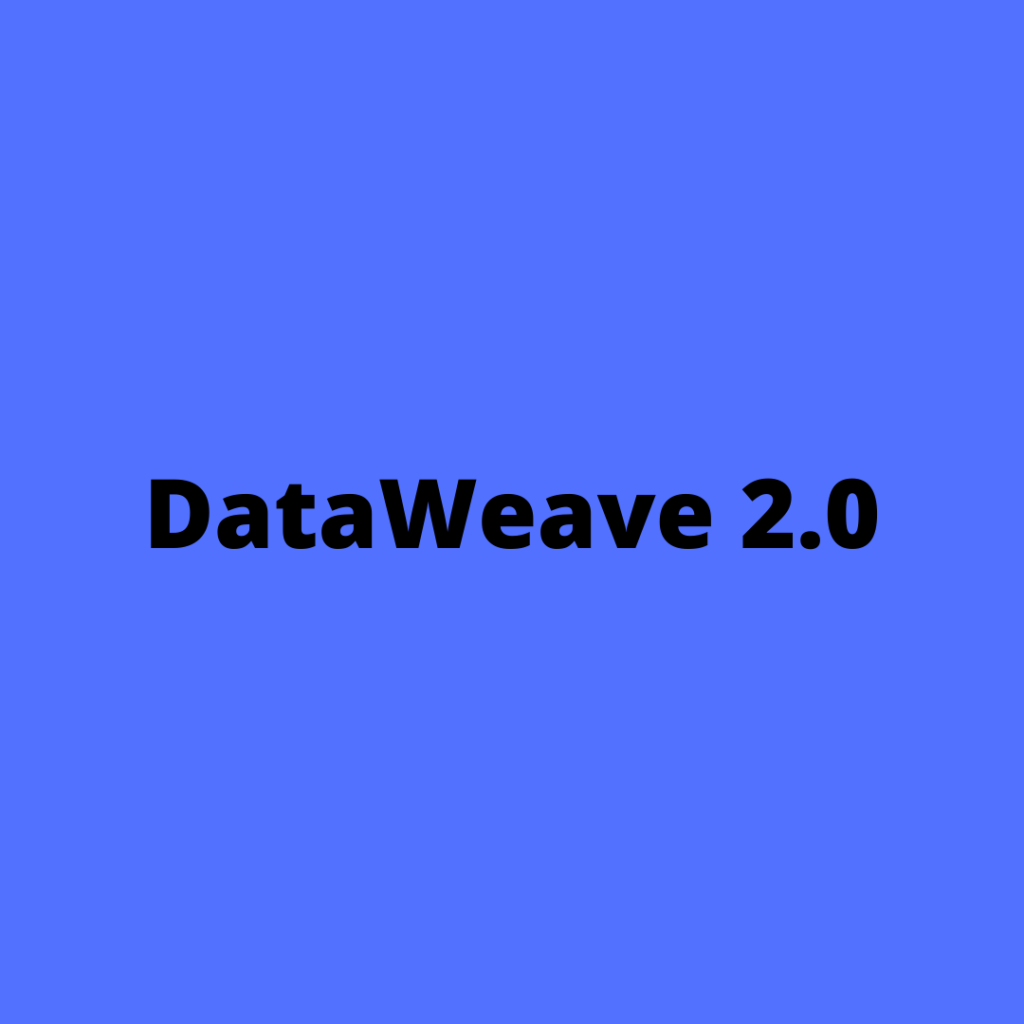
The mapObject function is used to transform the data contained in an object. It does this by iterating over each key/value pair in the object and applying a transformation to each key and value. It takes in an Object, and a lambda that takes in 3 parameters, a value, key, and index, and returns a new Object. Finally, the entire function returns an Object.
mapObject(Object<K,V>, (V,K,Number) -> Object): Object
mapObject<K, V>(@StreamCapable object: { (K)?: V }, mapper: (value: V, key: K, index: Number) -> Object): Object
We use mapObject when we want to change the keys and/or values on an Object to be something else.
Example
This example iterates over the input { "a":"b","c":"d"} and uses the anonymous mapper function ((value,key,index) → { (index) : { (value):key} }) to invert the keys and values in each specified object and to return the indices of the objects as keys. The mapper uses named parameters to identify the keys, values, and indices of the input object. Note that you can write the same expression using anonymous parameters, like this: {"a":"b","c":"d"} mapObject { ($$$) : { ($):$$} }
Source
%dw 2.0
output application/json
---
{"a":"b","c":"d"} mapObject (value,key,index) -> { (index) : { (value):key} }Output
{ "0": { "b": "a" }, "1": { "d": "c" } }Input
{
"firstName": "Avery",
"lastName": "Chance",
"age": 56,
"occupation": "Physicist"
}
DW Script
%dw 2.0
output json
---
payload mapObject (value, key, index) -> {
(upper(key)): value
}
Output
{
"FIRSTNAME": "Avery",
"LASTNAME": "Chance",
"AGE": 56,
"OCCUPATION": "Physicist"
}The parentheses around
upper(key)are required to make the key dynamic, as seen in previous sections.
Follow Me
If you like my post please follow me to read my latest post on programming and technology.

Leave a Comment
You must be logged in to post a comment.